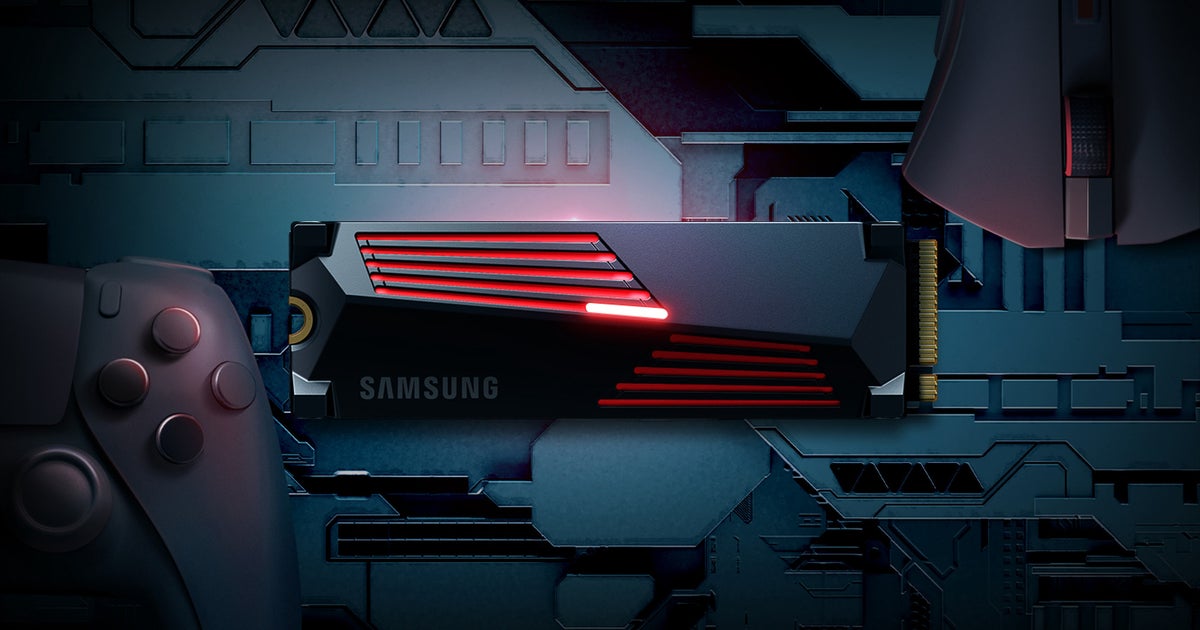Frequently asked questions
What distinguishes NVMe SSDs from legacy SATA drives?
While traditional storage solutions relied on SATA connections, modern systems benefit from NVMe technology’s superior throughput. PCIe-linked solid-state storage eliminates bottlenecks, delivering transfer rates exceeding 6,000MB/s compared to SATA’s 600MB cap. Physical design advantages include direct motherboard mounting without cables, making NVMe the undisputed choice for contemporary gaming rigs.
How much storage capacity suits modern gaming needs?
Current gaming libraries demand substantial space – AAA titles often require 100GB+ installations. Industry trends suggest 2TB drives offer the ideal balance between performance gains and cost efficiency. Larger capacities like 4TB provide future-proofing for expanding game collections and media libraries, while remaining economically viable due to declining flash memory prices.
Can next-gen consoles utilize high-speed storage?
Current PlayStation and Xbox models support internal PCIe 4.0 expansions meeting specific thermal and performance thresholds. External solutions work for archival purposes but limit playability. Consult manufacturer specifications before upgrading console storage to ensure compatibility.
Technical glossary
Storage Protocols:
- PCIe 5.0: Latest interface delivering theoretical 14GB/s transfers, primarily beneficial for content creation workflows currently
- DRAM Cache: Temporary high-speed memory buffer improving sustained write performance during intensive tasks
- QLC/TLC: NAND flash types balancing cost and durability – TLC offers better endurance while QLC maximizes capacity
Premium performance: PNY Pro Elite V3
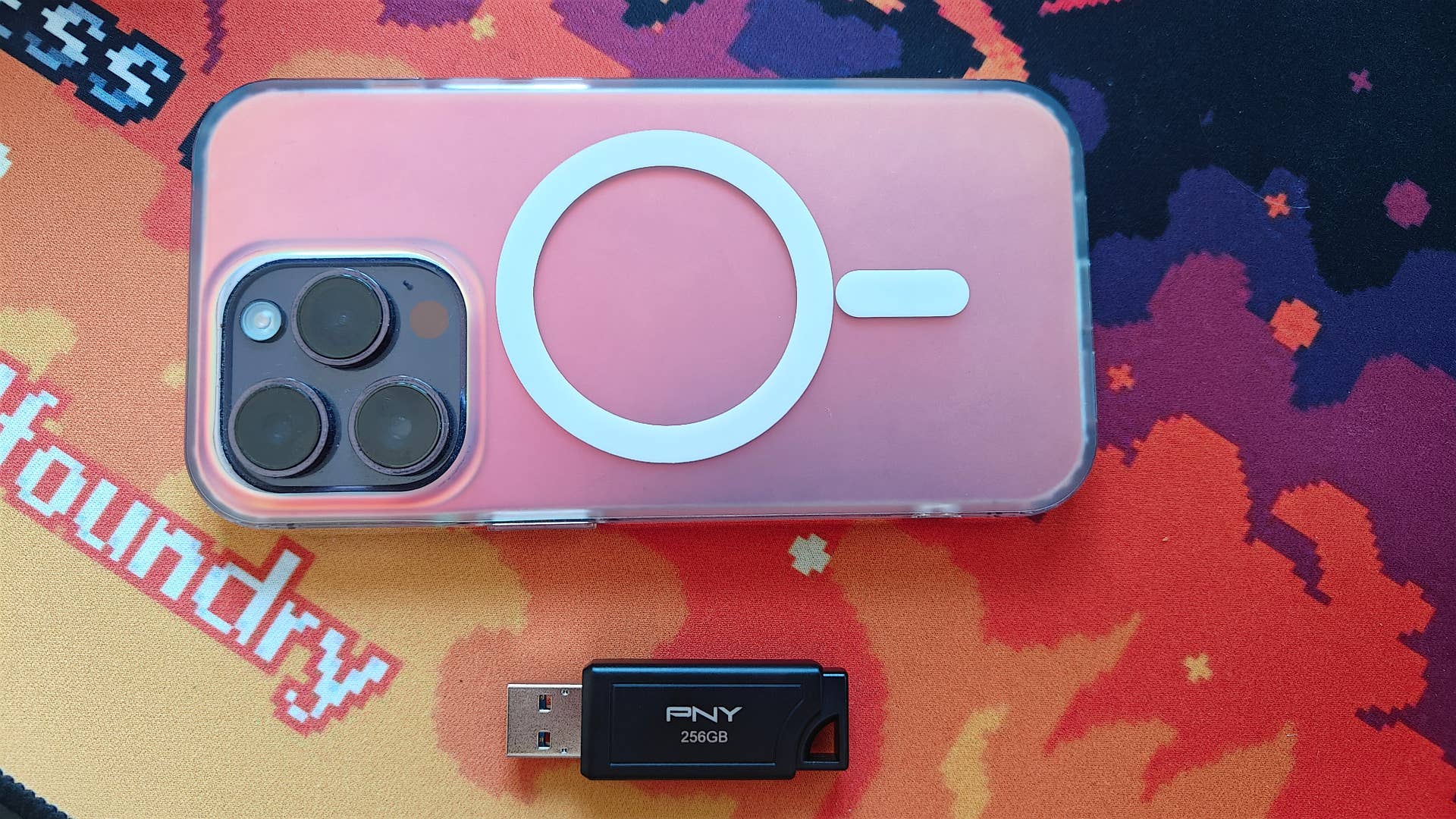
Compact yet potent, PNY’s innovation redefines portable storage capabilities. Our evaluation showed remarkable 925MB/s write speeds using USB-A connectivity. The streamlined design retains pocket-friendly dimensions while offering capacities matching internal drives, albeit requiring adapter for USB-C systems.
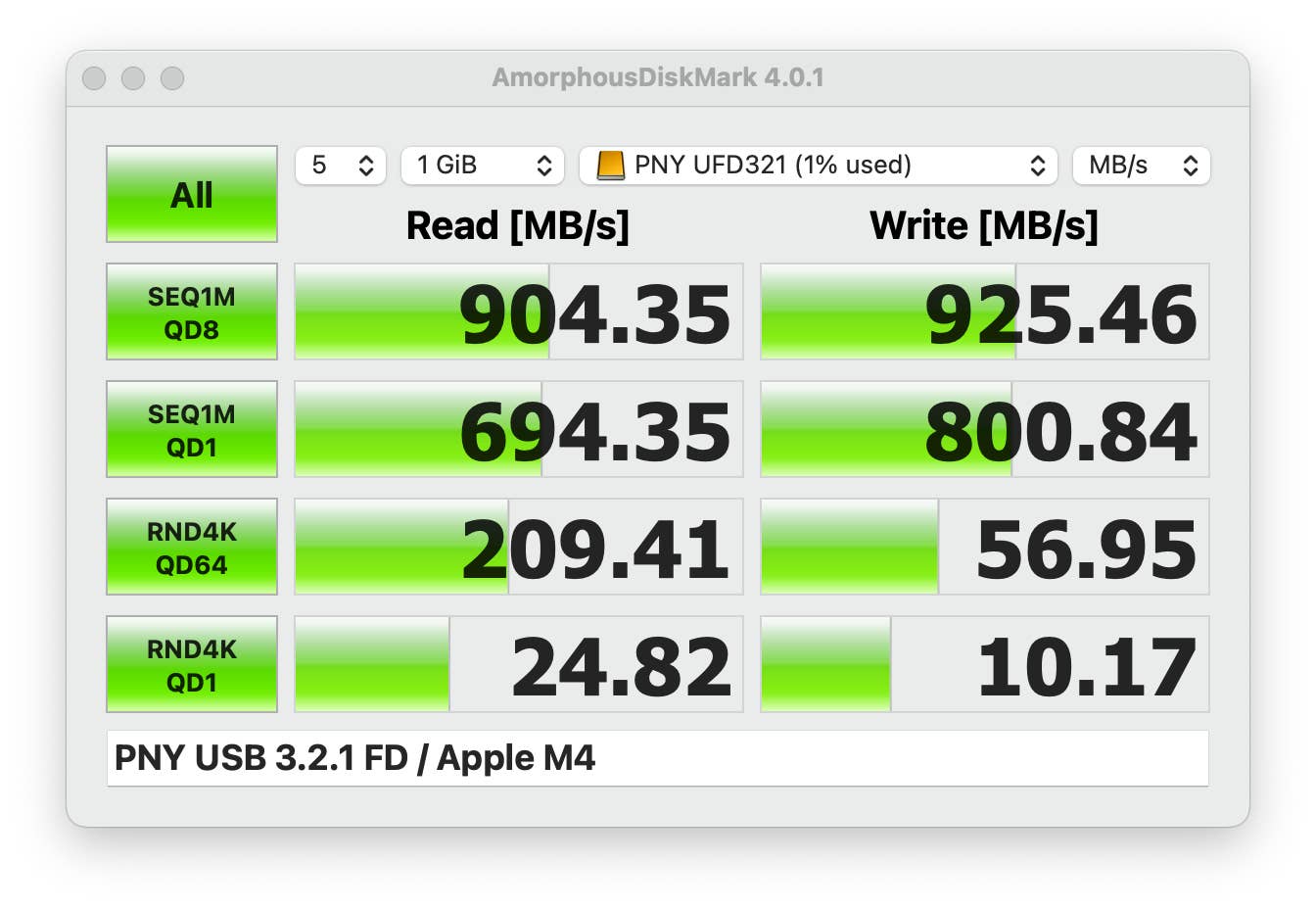



Advanced enclosure solution
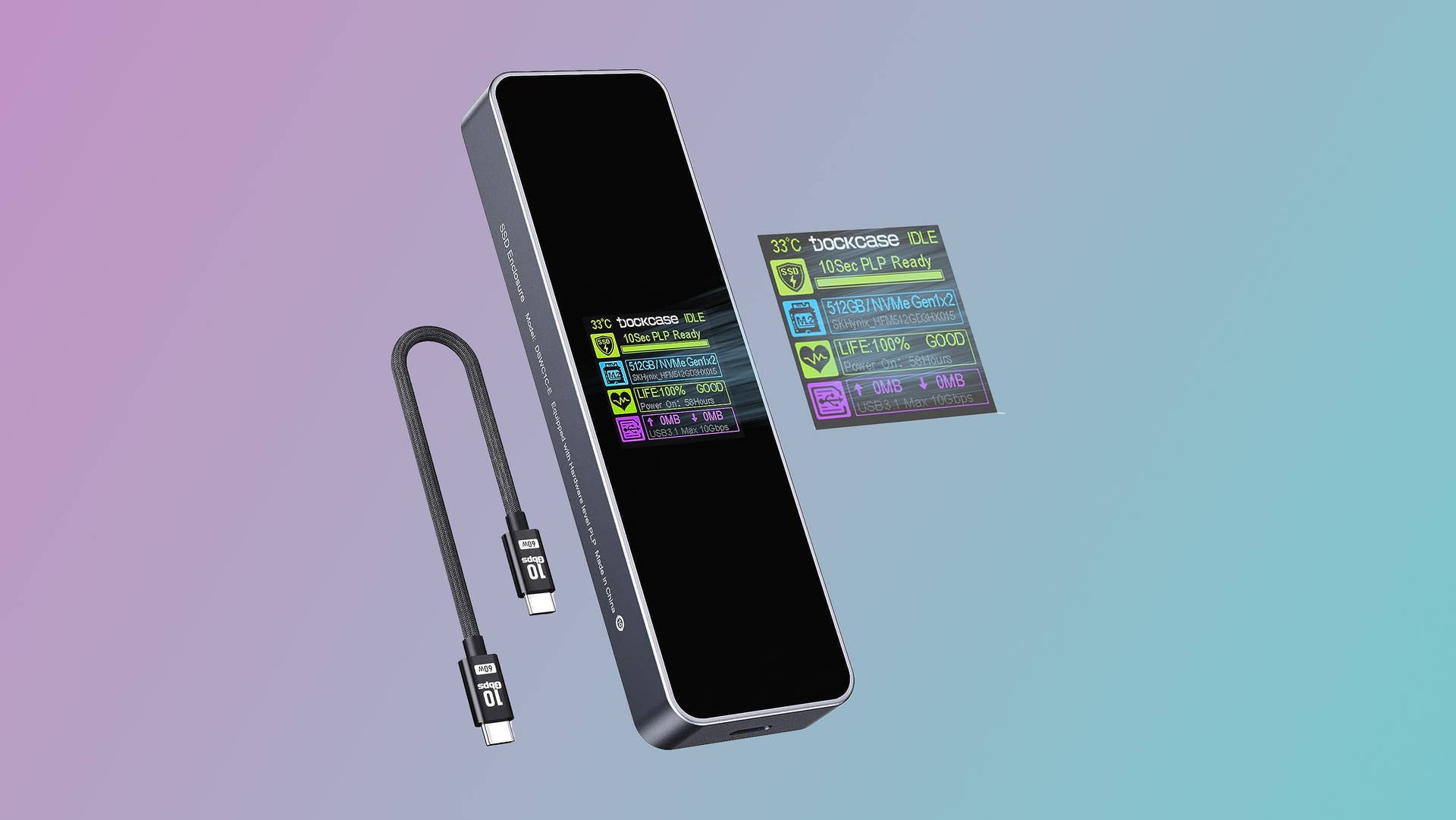



This cutting-edge housing unit transforms internal NVMe drives into portable powerhouses. The integrated capacitor safeguards against sudden power loss, while real-time thermal monitoring prevents throttling. Aluminum construction ensures optimal heat dissipation during extended transfers.
Top-tier removable storage
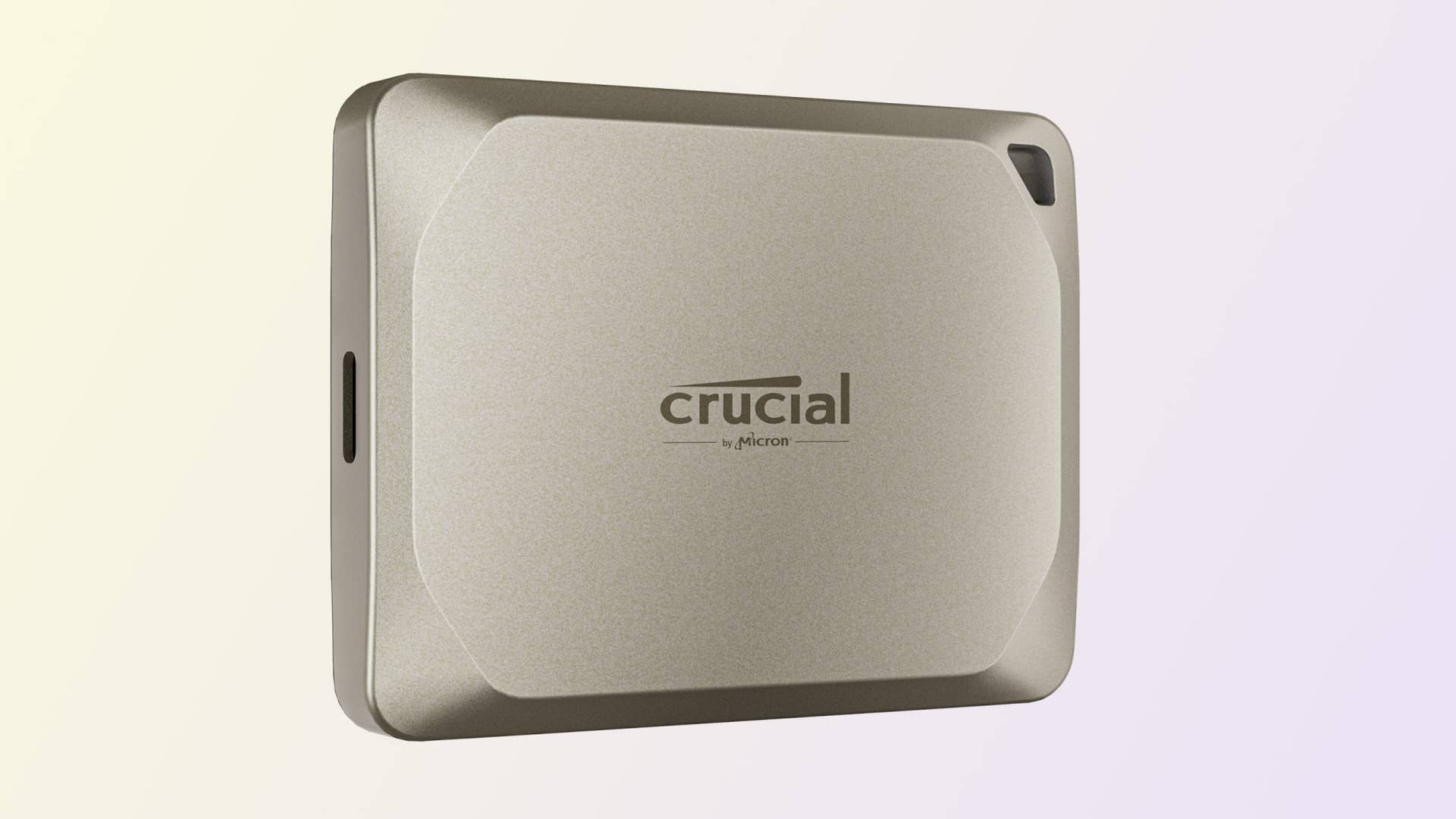



Optimized for gaming on-the-go, this external solution delivers internal drive performance in palm-sized form. Our stress tests showed consistent 800MB/s+ writes across multi-hour sessions. The reinforced casing withstands daily use while maintaining sleek aesthetics.
Legacy interface option
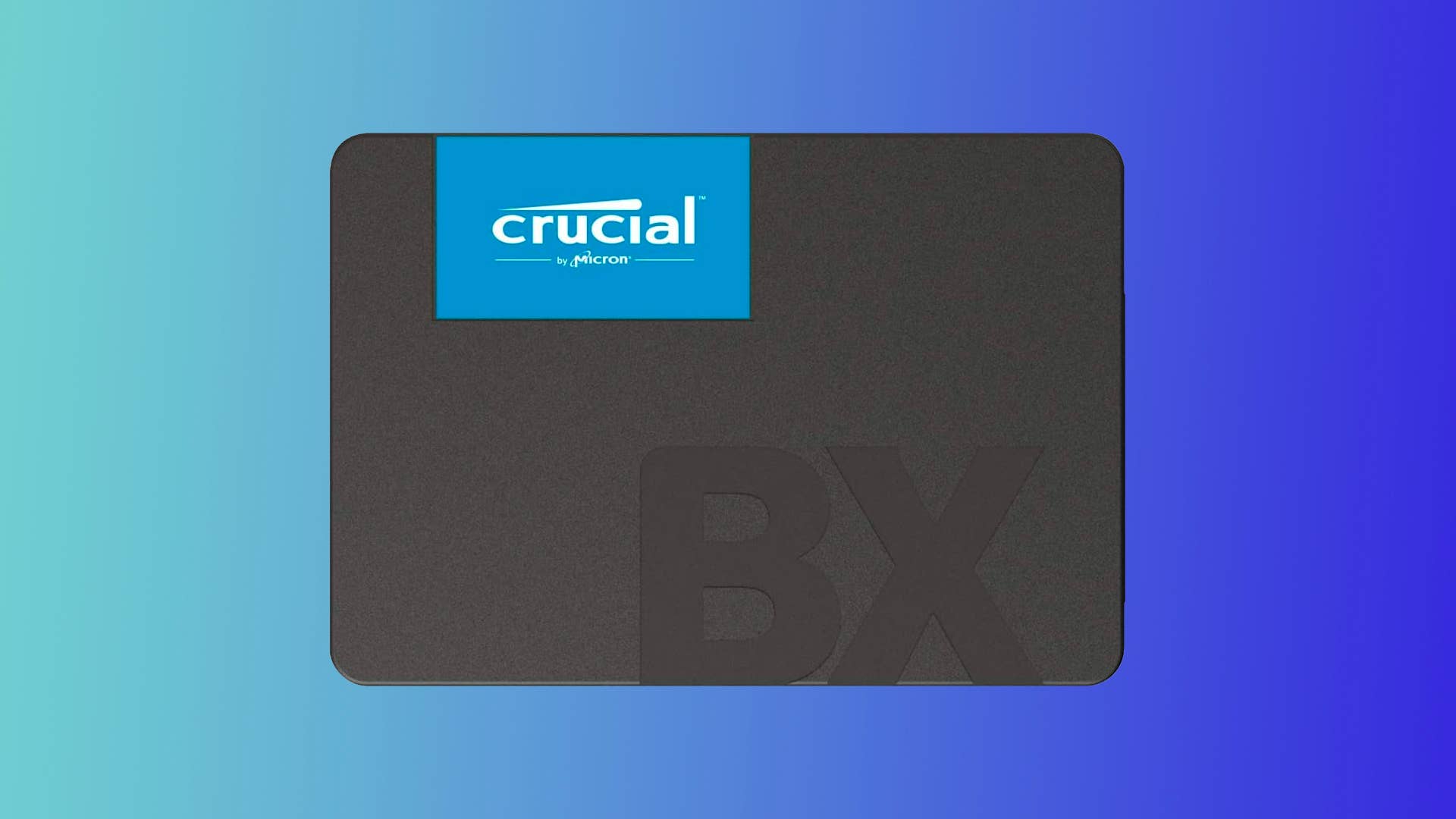



While outpaced by modern interfaces, this budget-friendly solution breathes new life into aging hardware. Cost-conscious upgraders benefit from substantial 4TB capacities, though performance limitations become apparent during large file operations.
Peak-performance M.2 solution
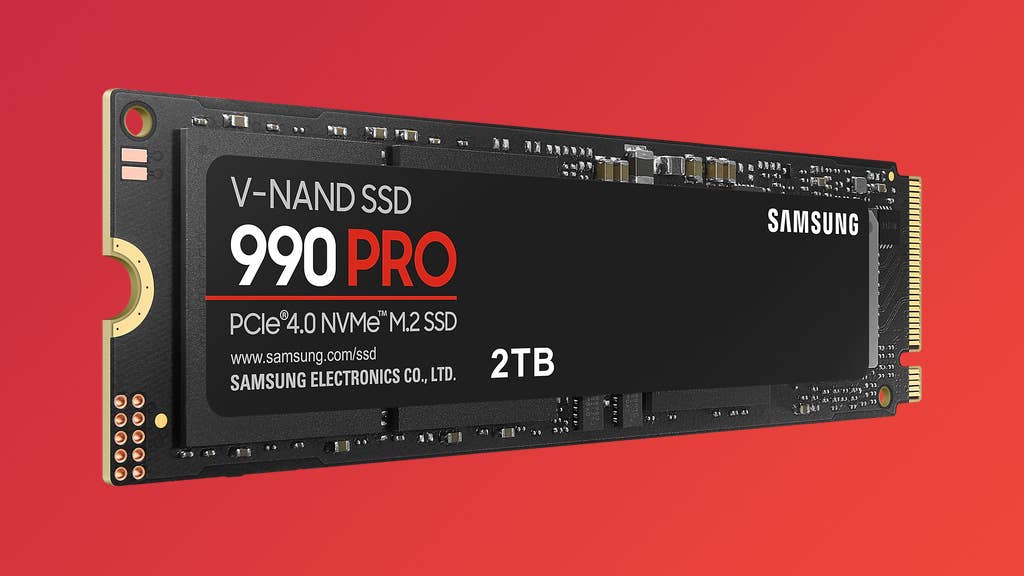



Samsung’s flagship achieves unprecedented 1550K IOPS random writes, ideal for intensive workloads beyond gaming. Proprietary controllers and advanced NAND stacking enable sustained performance, though premium pricing positions it as an enthusiast’s choice.
Value-oriented PCIe 4.0 choice
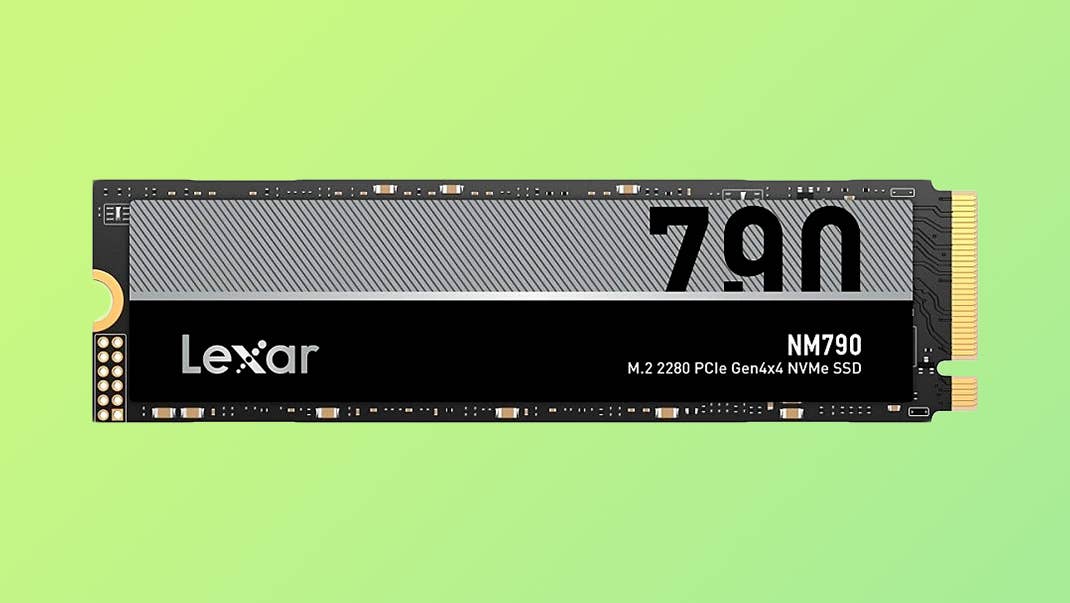



Budget-conscious builders gain 90% of flagship performance at 60% cost through intelligent design choices. While lacking premium features, this drives excels in typical gaming scenarios with minimal real-world performance penalties.
High-end storage workhorse
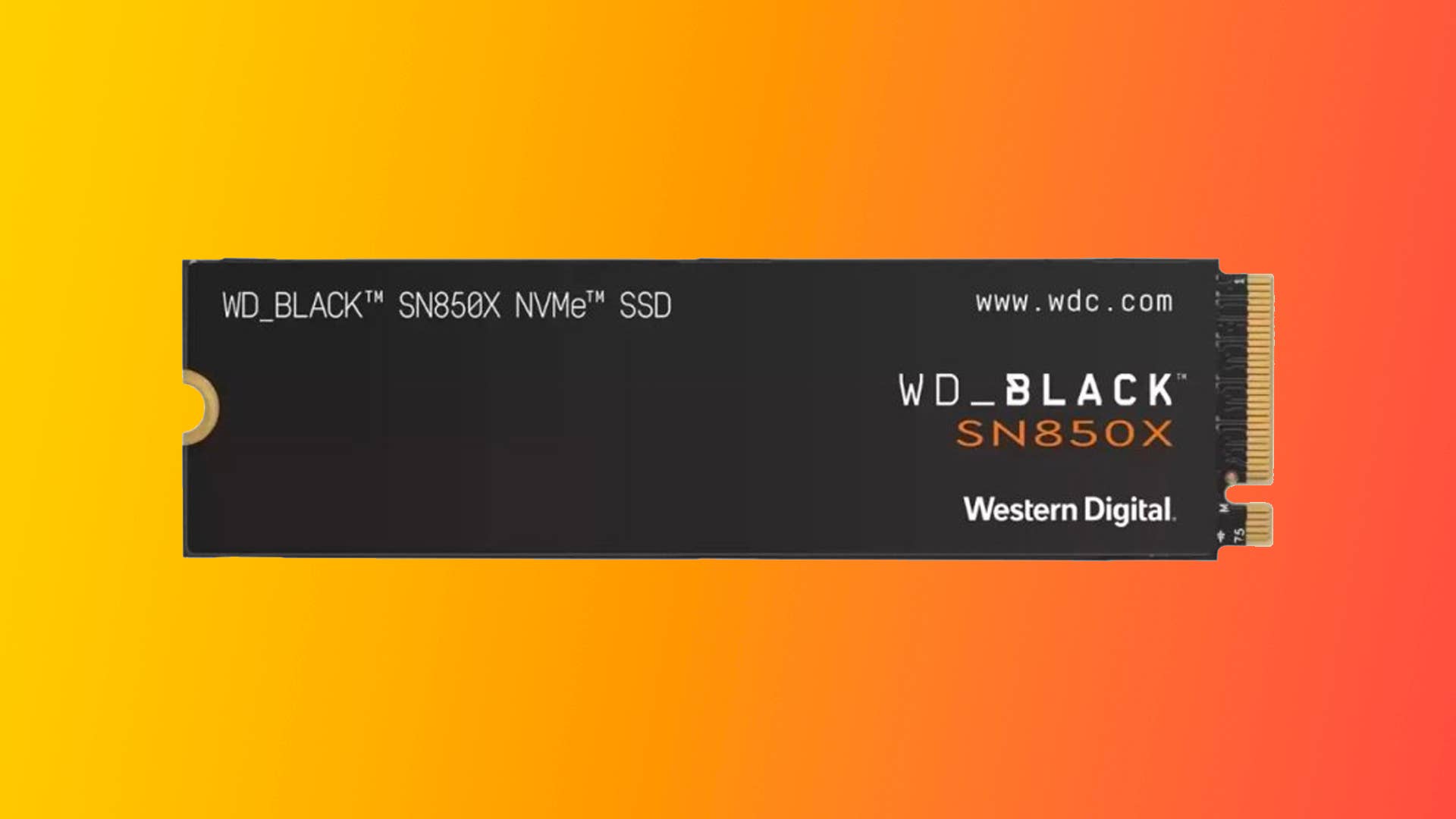



Western Digital’s offering balances thermal efficiency with raw throughput, achieving 7300MB/s reads without excessive power draw. The adaptive thermal throttling mechanism ensures stable performance across extended gaming sessions.
Balanced performance champion
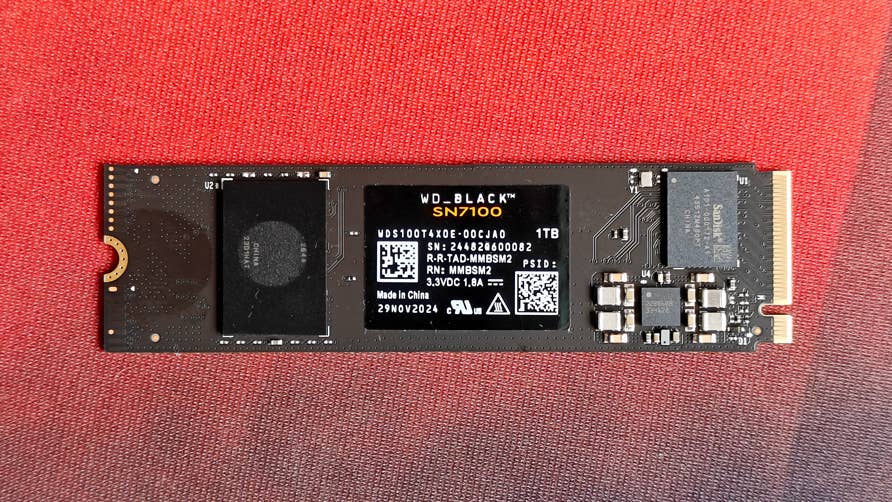



This cost-effective NVMe solution eliminates unnecessary premium features while maintaining essential performance metrics. Mobile compatibility and thermal efficiency make it particularly suitable for gaming laptops and compact builds.
Modern storage solutions offer revolutionary leaps in data access speeds, with PCIe 4.0 SSDs reducing game load times by 40-60% compared to SATA models. As pricing stabilizes post-supply chain adjustments, multi-terabyte capacities become practical for mainstream users. Evaluate your system’s compatibility and performance needs when selecting storage upgrades.

